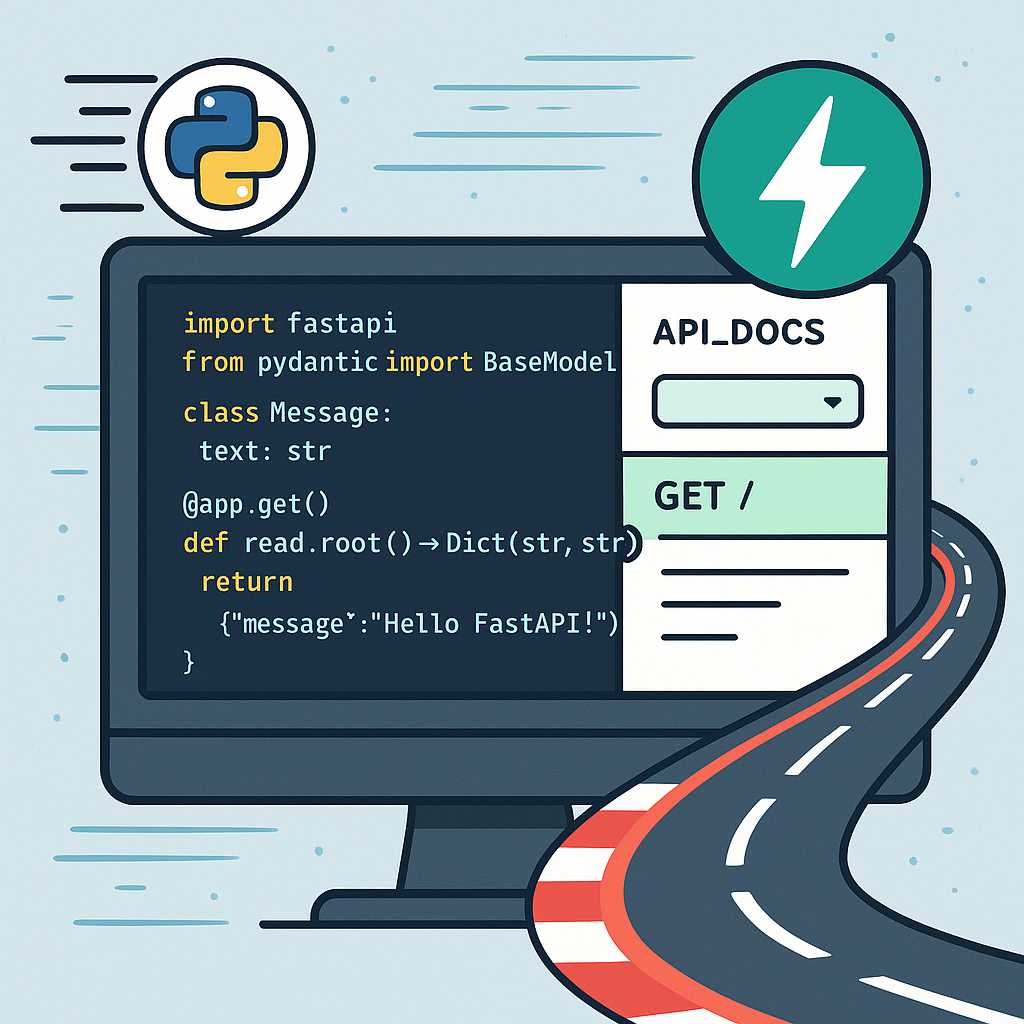Python has a fantastic ecosystem for building web applications, but in recent years, one framework has rapidly gained popularity among Python developers: FastAPI. In this article, we’ll explore what FastAPI is, why you might choose it for your next project, and how to set up a basic web API in just a few lines of code.
What is FastAPI?
FastAPI is a modern, fast (high-performance) web framework for building APIs with Python 3.7+ based on standard Python type hints. Its key features include:
- Speed: FastAPI is one of the fastest Python frameworks, rivaling NodeJS and Go for asynchronous web performance.
- Type Hints: Leverages Python’s type hints for data validation and editor support.
- Automatic Docs: Instantly generates OpenAPI and ReDoc documentation for your endpoints.
- Async Support: Seamlessly handles asynchronous code for high-concurrency scenarios.
Why Use FastAPI?
- Developer Productivity: Thanks to Python type hints and FastAPI’s built-in features, you write less code.
- Automatic Interactive API Docs: Every FastAPI project comes with Swagger UI and ReDoc ready-to-go.
- Great for Microservices & APIs: If you’re building RESTful backends, it’s tough to beat FastAPI’s blend of speed and ergonomics.
Setting Up a FastAPI Project
Let’s walk through building a simple API with FastAPI.
1. Install FastAPI and Uvicorn
pip install fastapi uvicorn
Uvicorn is a lightning-fast ASGI server you’ll use to run your app.
2. Your First FastAPI Application
Create a file called main.py with the following content:
from fastapi import FastAPI
app = FastAPI()
@app.get("/")
def read_root():
return {"Hello": "World"}
3. Run Your Application
uvicorn main:app --reload
Navigating to http://127.0.0.1:8000/ in your browser, you’ll see the JSON response {"Hello": "World"}.
Visit http://127.0.0.1:8000/docs for interactive documentation, automatically generated!
Where to Go Next
- Data Validation: Use Pydantic models to validate JSON payloads effortlessly.
- Path & Query Parameters: FastAPI parses URL and query parameters automatically.
- Dependency Injection: Robust dependency system for configuration and authentication.
The FastAPI documentation is a goldmine for further exploration.
Conclusion
FastAPI empowers Python developers to build robust, production-ready APIs with unprecedented ease. Whether you’re designing a microservice, a full REST API, or experimenting with new ideas, FastAPI is an excellent addition to your Python toolbox.
Happy coding!


Leave a Reply